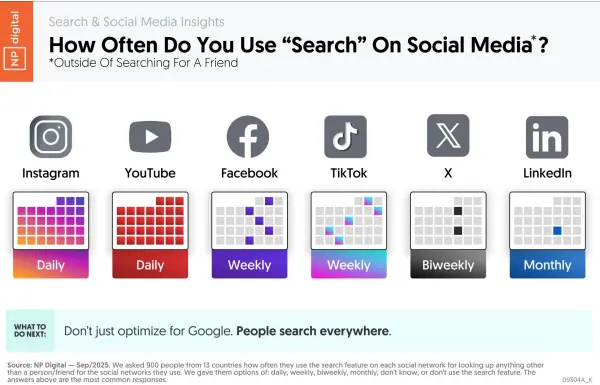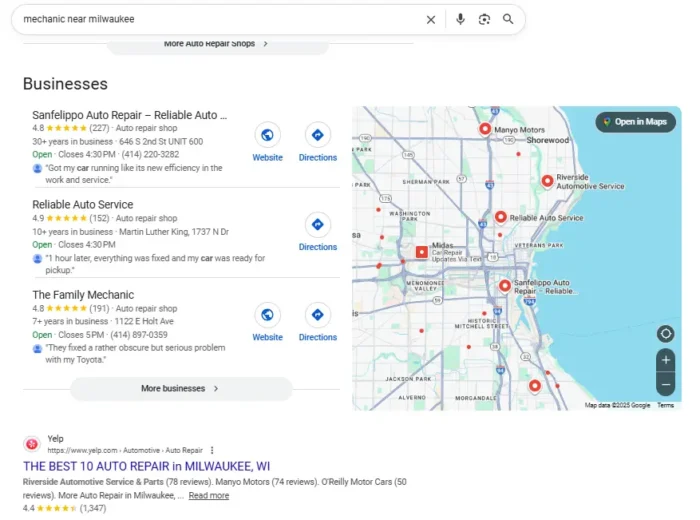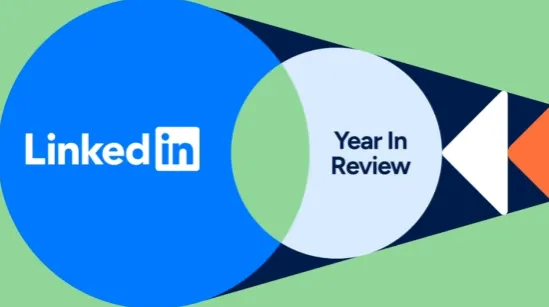Someone Built an Ad Blocker for Real Life, and I Can't Wait to Try It
Finally, a way to stop getting advertised to while you're walking the dog.


Credit: Stijn Spanhove/X
I use as many ad-blocking programs as possible, but no matter how many I install, real-life advertising is still there, grabbing my attention when I'm just trying to go for a walk. Thankfully, there may be a solution on the horizon. Software engineer Stijn Spanhove recently posted a concept video showing what real-time, real-life ad-blocking looks like on a pair of Snap Spectacles, and I really want it. Check it out:
This Tweet is currently unavailable. It might be loading or has been removed.The idea is that the AI in your smart glasses recognizes advertisements in your visual field and "edits them out' in real time, sparing you from ever seeing what they want you to see.
While Spanhove's video shows a red block over the offending ads, you could conceivably cover that Wendy's ad with anything you want—an abstract painting, a photo of your family, an ad for Arby's, etc.
While it's a test at present, real-life ad-blocking for the people doesn't seem far off. The technology is there now: current-generation consumer AI glasses like Meta Ray Bans can already identify what you're looking at with scary accuracy.
Replacing ads is a little trickier, though. While there are AR smart-glasses on the market, like the XReal Airs, and upcoming Snap Specs, and AR experiences in VR headsets like the Meta Quest 3 can already strip out parts of the real environment and replace them, there isn't anything on the market with full AR that is practical enough for wearing all the time. Battery life and weight are the problems, but those are solvable. There are so many companies competing for the smart glasses market, it seems like only a matter of time until it's practical to achieve real life ad-blocking.
What do you think so far?
Companies versus consumer and the creation of the ultimate echo chamber
I could see this being a killer app for smart glasses in the near future: It's the kind of things that consumers would really want. But it's also the kind of thing that advertisers and marketers would really not want, and this might be the biggest obstacles to real-life ad-blockers. You could envision a "cat-and-mouse" game similar to the one that's been playing out online for years, with companies trying ingenious ways to thwart the ad-blocking glasses, like disguising ads as something else. Would there be legal challenges? Would there be issues with a mega corporation that releases smart glasses not wanting to piss off every other company? And what happens if you want to edit out ads for the very device you're wearing?
There are sociological concerns as well. People probably wouldn't stop at replacing ads with pixel art. They'd be editing out anything that personally annoys them: homeless people, construction sites, other humans who have traits they don't like. Curating your own visual experience in the real world could lead to the creation of personal echo chambers that make the world look more to your liking, but less like it is, the ultimate echo chamber.
Ethical concerns aside, I would be first in line for a pair of glasses that edited reality to my liking. I know I would use them responsibly, even if I'm not sure about everyone else. Maybe I wouldn't wear them all the time. Just almost all the time.
The Download Never miss a tech story
 Jake Peterson
Jake Peterson
Get the latest tech news, reviews, and advice from Jake and the team.
The Download Never miss a tech story. Get the latest tech news, reviews, and advice from Jake and the team.

 FrankLin
FrankLin 






























